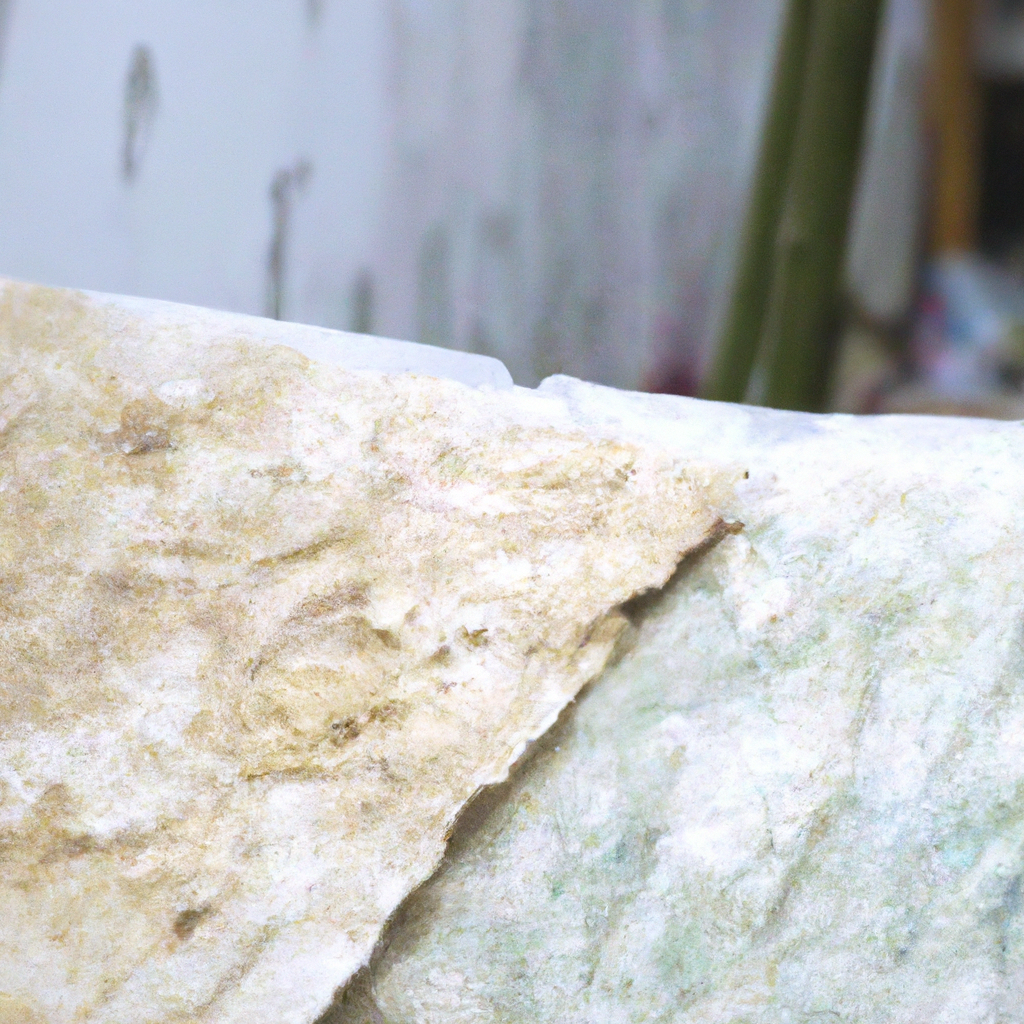Traditional Paper: The Art of Handmade Papermaking
Paper is an essential part of our daily lives, used for writing, printing, packaging, and more. But have you ever wondered about the process of making traditional paper? The art of papermaking has been around for centuries, and it involves a series of intricate steps that transform raw materials into beautiful, handcrafted paper. In this article, we will explore the papermaking process, from pulp and paper to handmade paper, and everything in between.
The History of Paper
Papermaking has been around for over 2000 years, with its origins in China. The first paper was made from mulberry bark, hemp, and rags, which were beaten into a pulp and then pressed and dried. The Chinese kept the process of papermaking a secret for centuries, but eventually, it spread to other parts of Asia and then to Europe.
In the Middle Ages, papermaking became a widespread industry, with mills using water power to produce large quantities of paper. However, it wasn’t until the 19th century that paper production became mechanized, with the invention of the Fourdrinier machine. Today, most paper is made by industrial processes, but traditional handmade paper is still produced by artisans around the world.
The Papermaking Process
The process of making paper involves several steps, from preparing the raw materials to drying the finished sheets. Here is an overview of the papermaking process:
1. Preparation of the pulp: The first step in making paper is to prepare the pulp, which is the raw material used to make paper. The pulp can be made from a variety of materials, including wood, cotton, and recycled paper. To make the pulp, the raw material is first broken down into small pieces, then beaten or blended with water to create a slurry.
2. Formation of the sheet: Once the pulp is ready, it is poured onto a flat surface, such as a table or mold. The pulp is then spread out evenly and pressed to remove excess water. The sheet is then left to dry, either by air or by pressing between sheets of felt.
3. Finishing the paper: Once the sheet is dry, it can be further processed to create a smooth surface or to add color or texture. This may involve sizing the paper with a starch solution, pressing the paper to create a watermark, or adding pigments or fibers to create a decorative effect.
Handmade Paper
Handmade paper is a type of paper that is made entirely by hand, using traditional methods. Handmade paper is often used for paper crafts, such as scrapbooking, card making, and bookbinding, as well as for fine art and printmaking. Handmade paper can be made from a variety of materials, including cotton, bamboo, and mulberry bark.
The process of making handmade paper is similar to the process of making paper, but it is done entirely by hand. Artisans use traditional tools, such as a deckle and mold, to form the sheets of paper. Handmade paper is often thicker and more textured than machine-made paper, and it may have irregular edges or uneven coloring, which adds to its charm and uniqueness.
Artisanal Paper
Artisanal paper is a type of handmade paper that is made by skilled artisans using traditional methods. Artisanal paper is often made from high-quality materials, such as cotton or linen, and may be decorated with natural fibers or pigments. Artisanal paper is often used for fine art and printmaking, as well as for luxury stationery and packaging.
The process of making artisanal paper is similar to the process of making handmade paper, but it requires a higher level of skill and expertise. Artisanal papermakers may use specialized techniques, such as marbling or embossing, to create unique and beautiful papers that are works of art in themselves.
Conclusion
The process of making traditional paper is a fascinating art that has been practiced for centuries. From the raw materials to the finished sheets, every step requires skill and expertise, and the result is a beautiful and useful product that we use in our daily lives. Whether you are interested in handmade paper for paper crafts or artisanal paper for fine art, there is a wide range of options available, each with its own unique qualities and charm. So next time you pick up a sheet of paper, take a moment to appreciate the art and craftsmanship that went into its creation.







